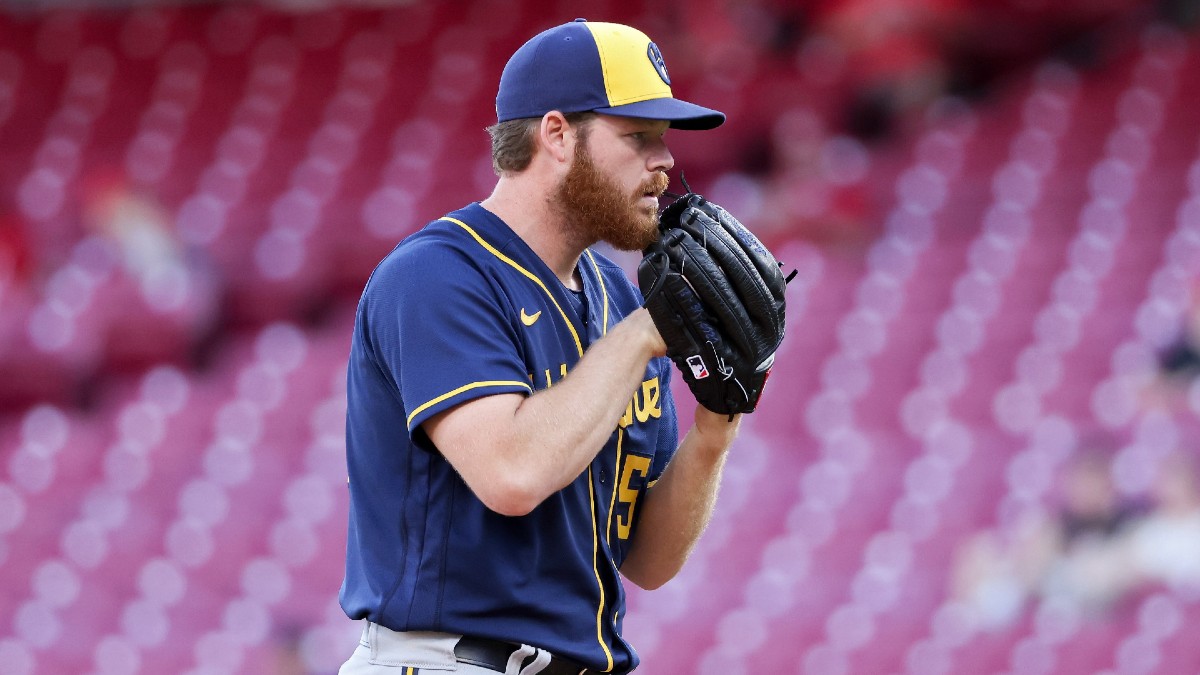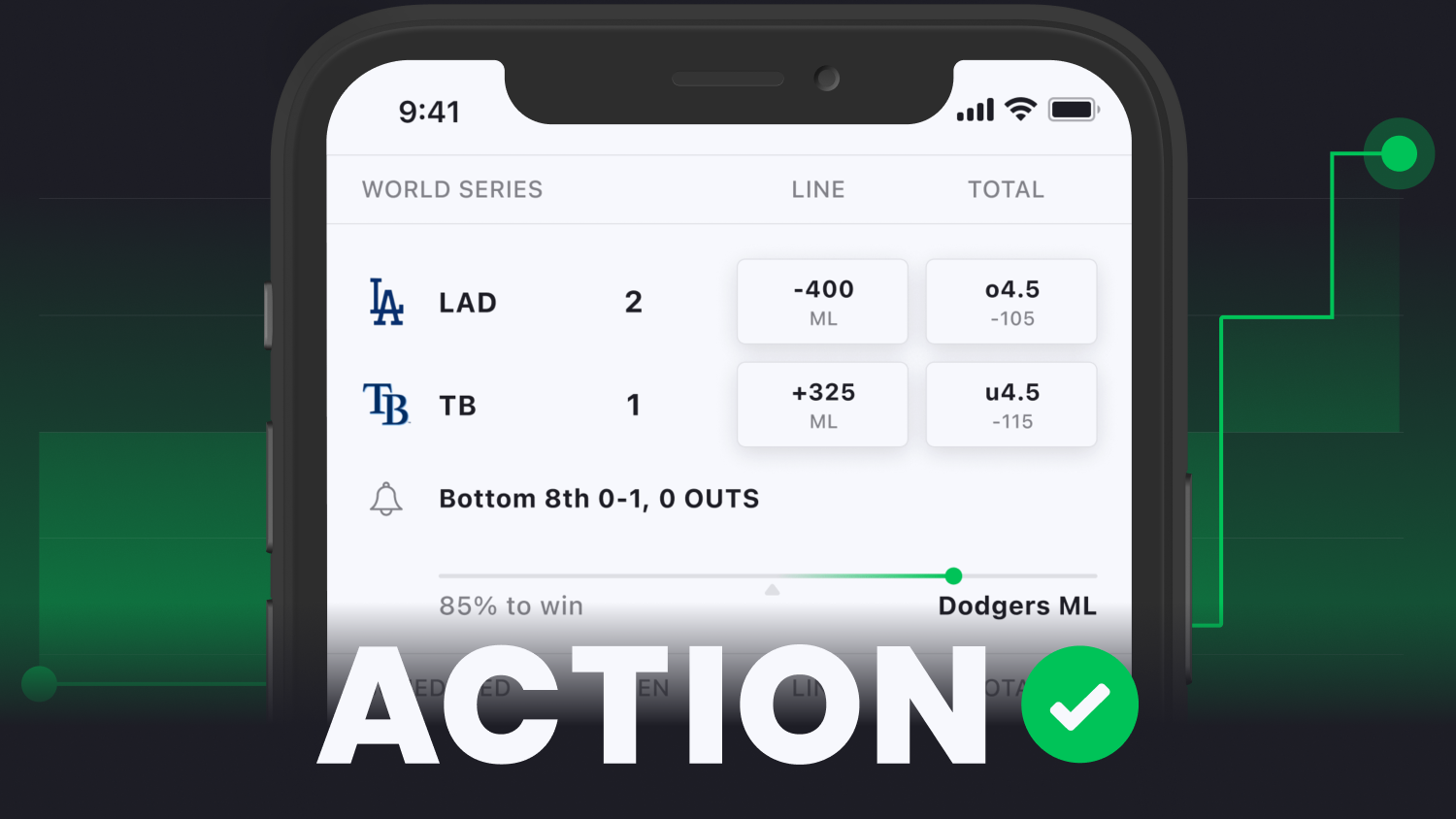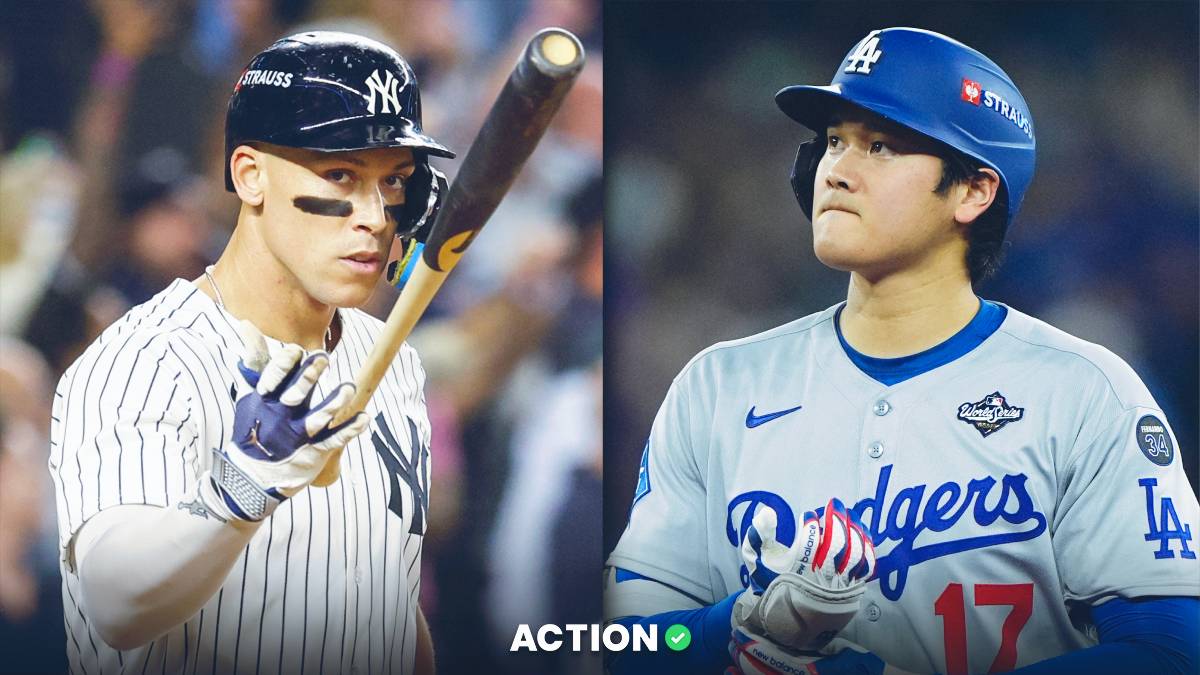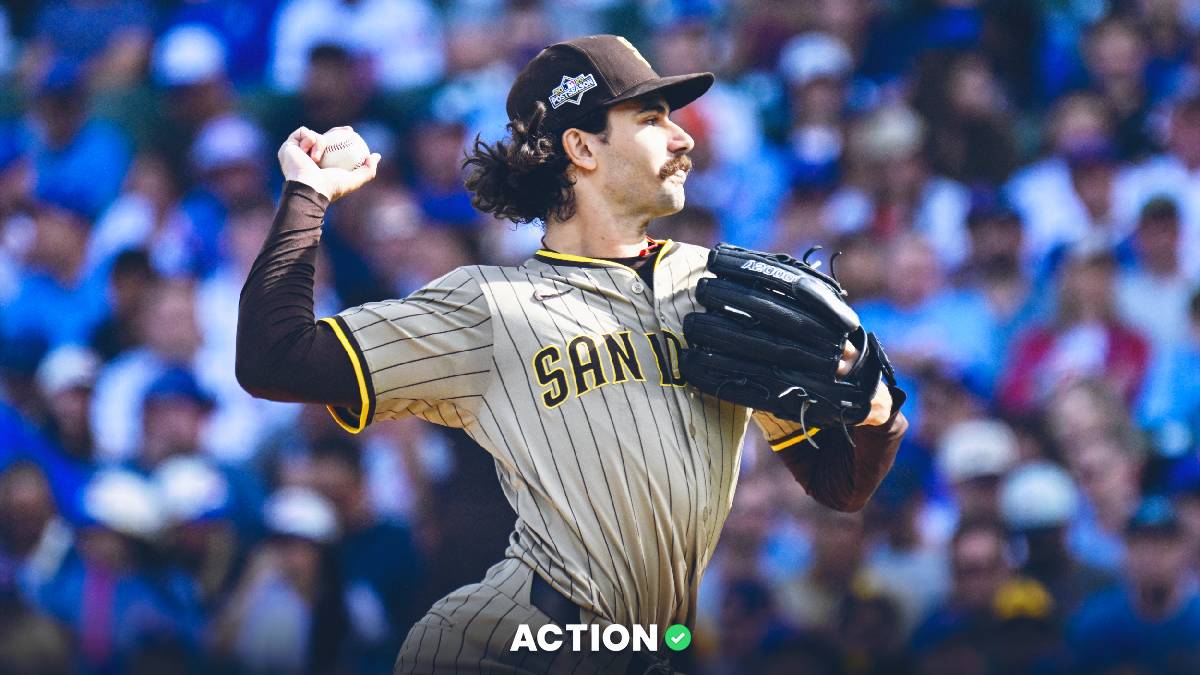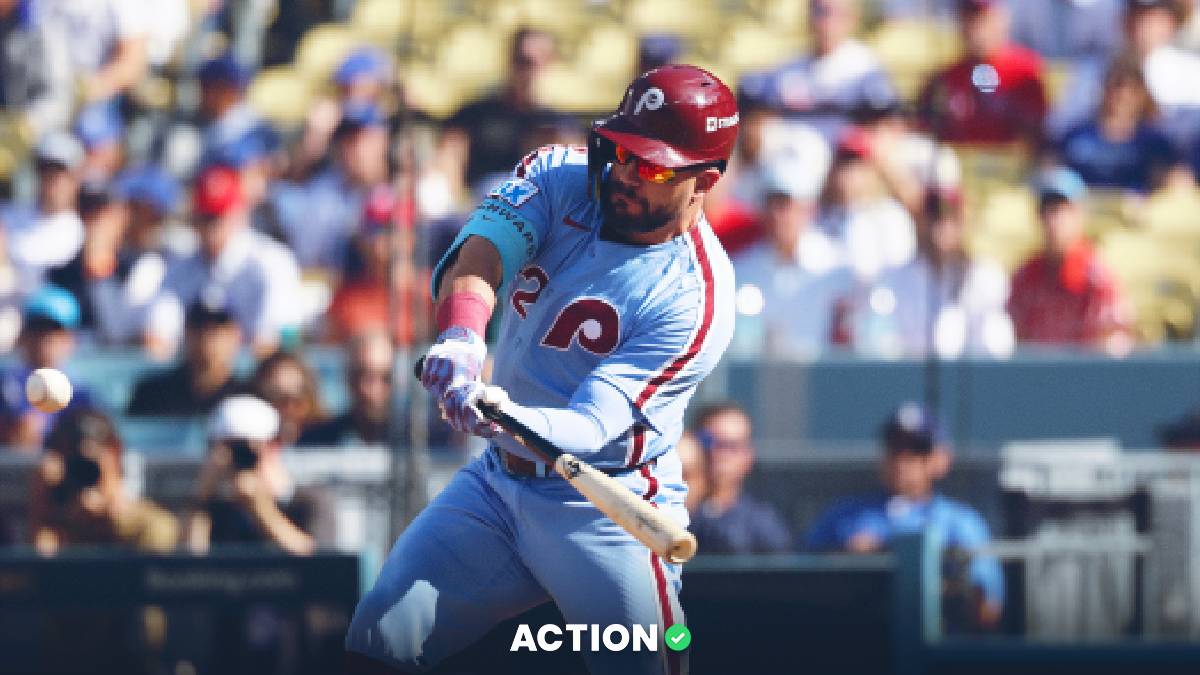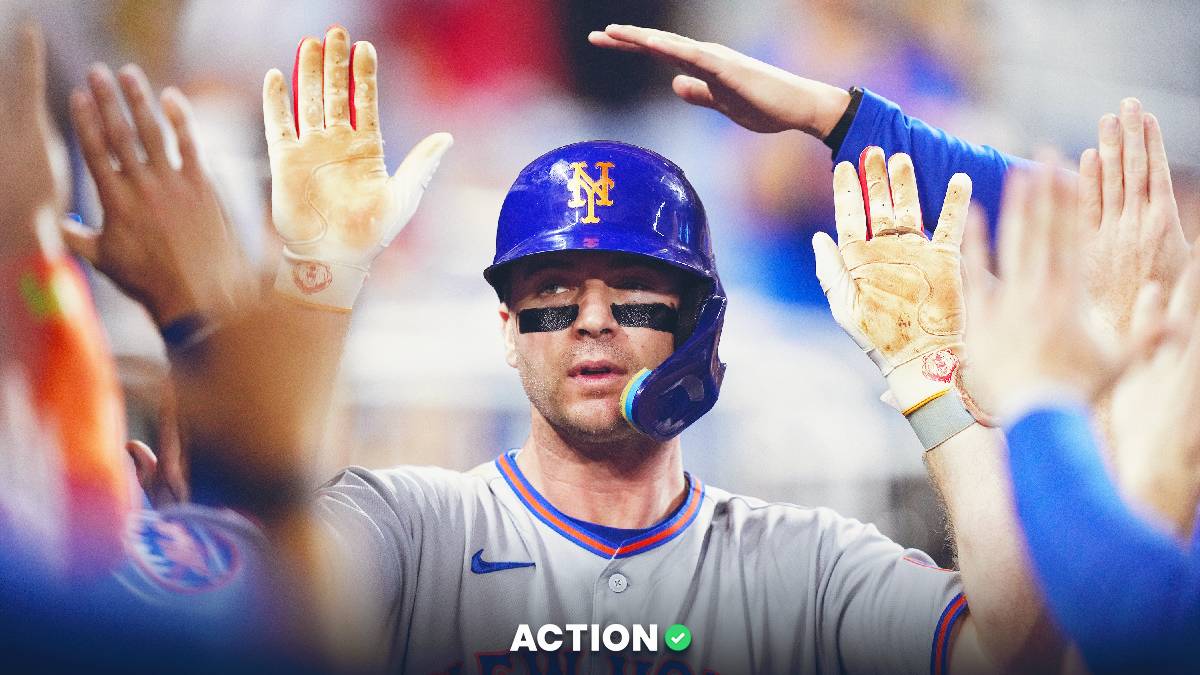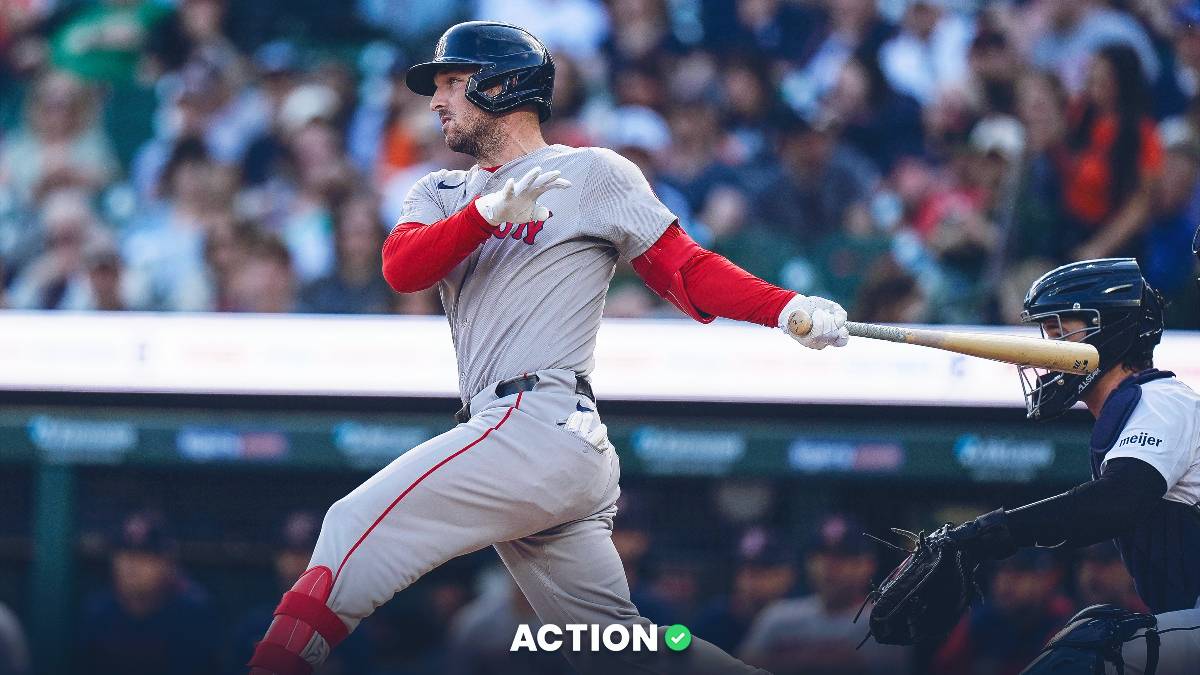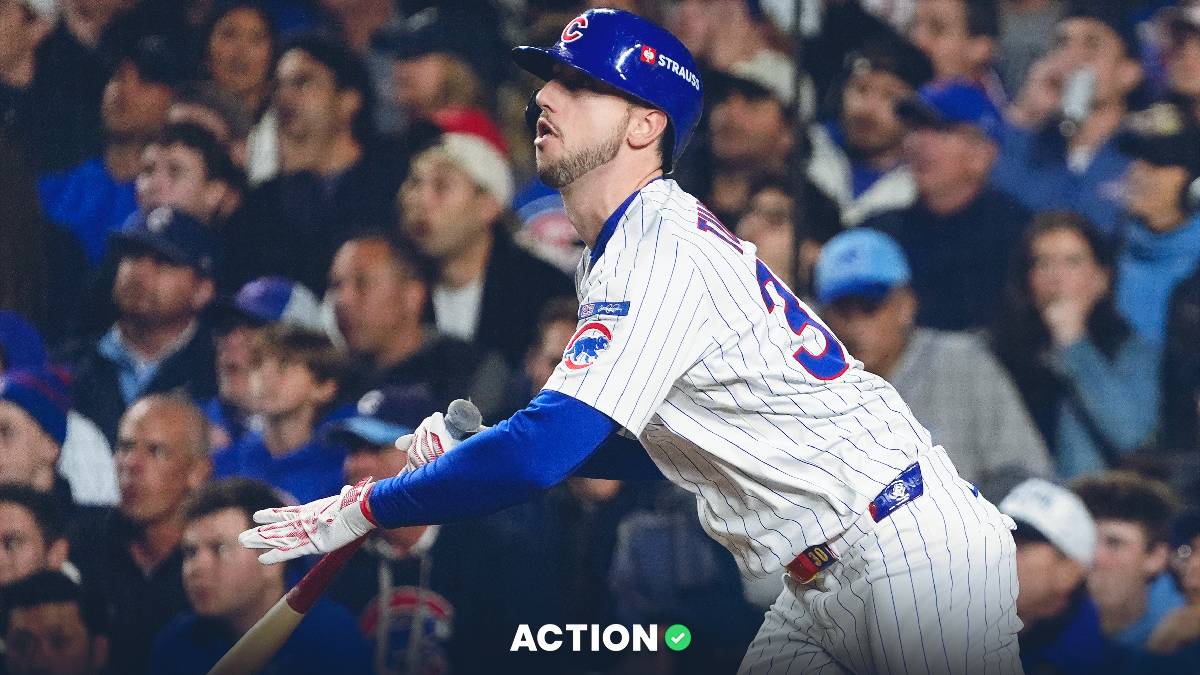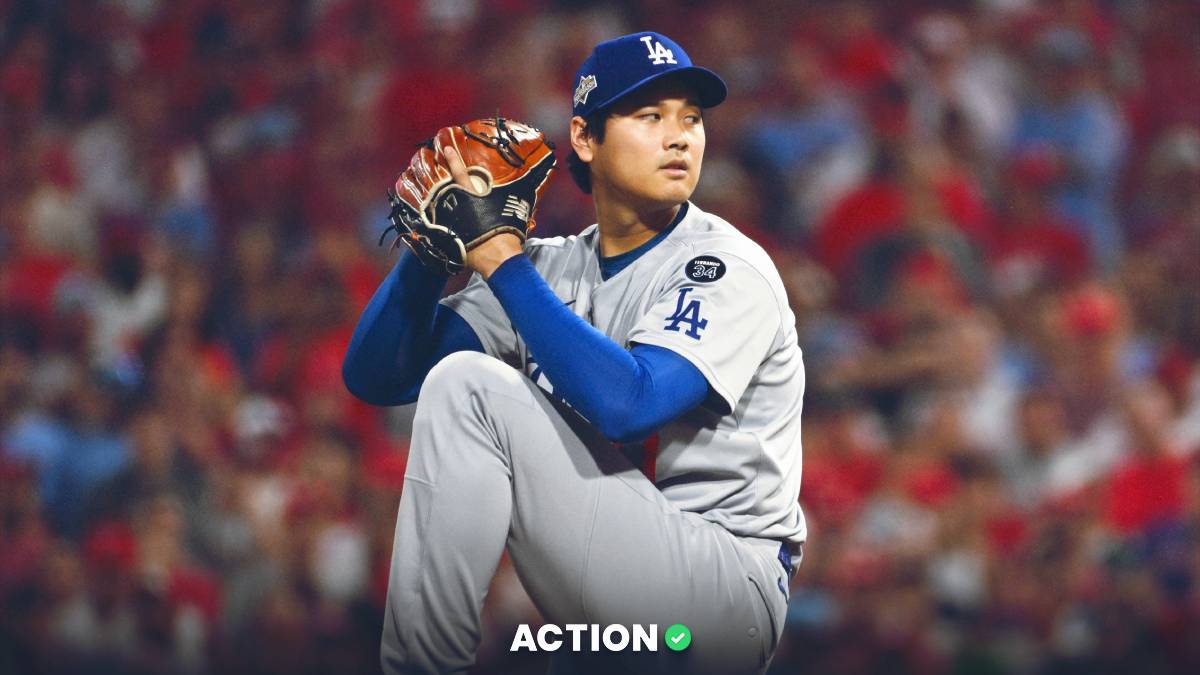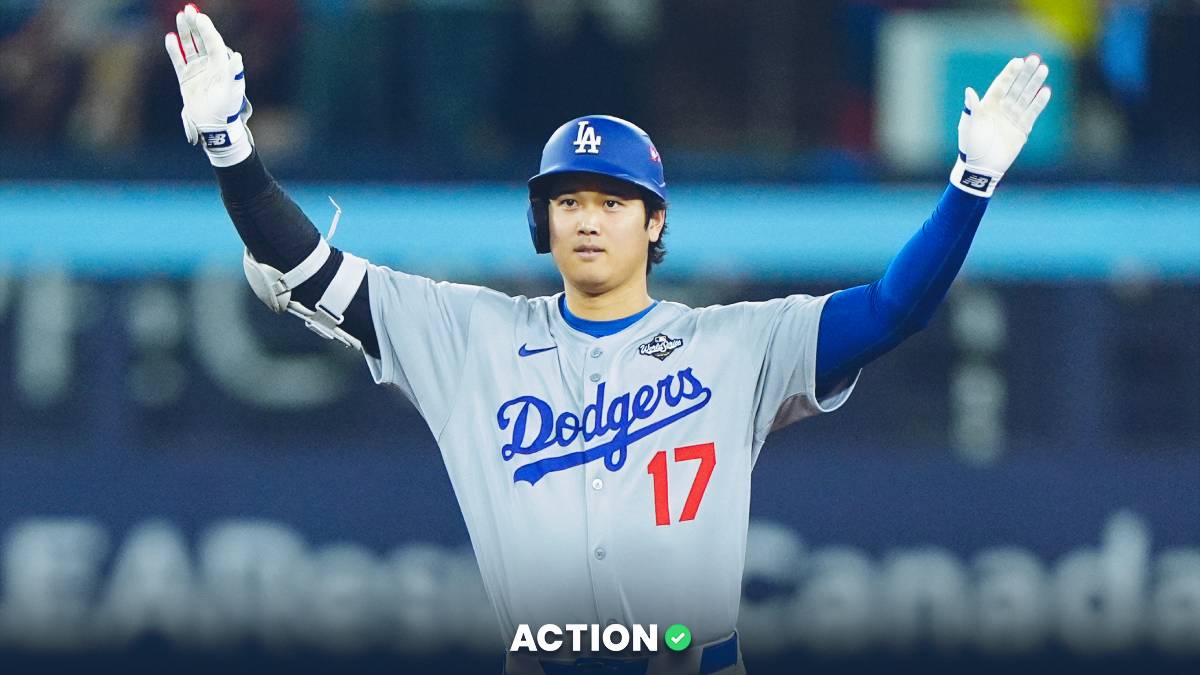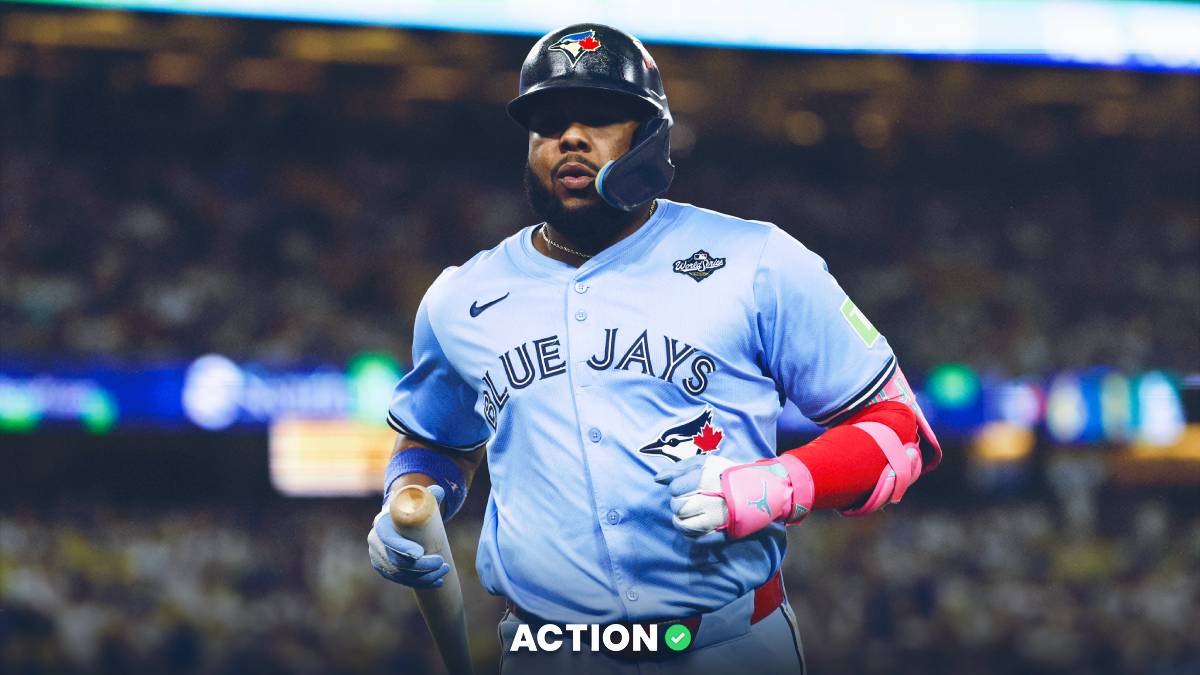Each week during the MLB season, Action Network’s Anthony Dabbundo will compile a weekly notebook of observations, analytical findings and actionable information to help bettors find an edge in betting the daily grind of a 162-game season.
The All-Star Break has now come and gone and the second half of the MLB season gets underway on Thursday. The season is more than half complete, but this is a natural place to reset where we stand on certain pitchers for the remainder of 2022.
Last week, I wrote about certain pitchers that I'm looking to bet against in the second half, based on certain underlying indicators.
By using specific metrics that are stickier year-to-year and more predictive than ERA in the long-term — we can identify pitchers who have been unfortunate to achieve their deceptively bad first-half statistics.
Some of those metrics that are better predictors of future success than ERA include K-BB%, FIP, xFIP and xERA.
Alex Cobb, San Francisco Giants
Cobb has been the unluckiest pitcher in all of baseball across various metrics, and some of that can be attributed to the Giants' poor defense this season. By outs above average, the Giants have been MLB's worst defense.
Even despite that, Cobb's .324 BABIP allowed still cannot be explained solely by the Giants defensive woes. That's 30 points higher than his career average, and his strand rate is 13% lower than his career average. A lot of his underperformance is simply variance that should not be expected to continue in the long term.
Cobb's Stuff+ and Pitching+ metrics have taken a bit of a dip since his return from injury, which would suggest he's not quite the same pitcher he was early in the season. Stuff+ measures the velocity and pitch shapes to remove all luck and try to determine pitcher quality. Pitching+ combines stuff with pitching location and command. All Stuff numbers are from Eno Sarris' model from The Athletic. 100 is considered average for all MLB pitchers and that number is slightly lower for starters.
On the other hand, Cobb has produced a career high ground ball rate at 62% and should be rewarded for that going forward with better HR/9 numbers and a better ERA in the second half of the season. He's pitched to a 4.09 ERA thus far, but his xERA is 2.79, his xFIP is 2.94 and his FIP is 3.00.
Even with the Giants' defense being as bad as it is, that cannot explain a full run difference between his expected and actual metrics. His 104 Pitching+ suggests he should be an above-average pitcher for the remainder of the season too, and for that reason, I expect him to pitch more like a 3.2-3.4 ERA pitcher for the remainder of 2022.
Alex Wood, San Francisco Giants
Like his teammate, Alex Wood has been quite unfortunate too this season. Given that other Giants starters Logan Webb and Carlos Rodon have not faced the same Giants defensive tax in their underlying vs. actual numbers, we can assume that a lot of the underperformance is simply variance. Wood has a 102.9 Pitching+, which also makes him an above average pitcher relative to the rest of the league.
His underlying metrics (3.10 xFIP, 3.23 FIP and 3.43 xERA) all suggest that he's an above-average starter as well. Like Cobb, he's suffering from bad BABIP luck that's well above his career average numbers and has had trouble stranding runners on the bases with two outs.
Once those two numbers positively regress, expect to see Wood pitch in a similar ERA range to his teammate Cobb for the remainder of the season.
While the Giants' defense may hurt its pitchers on the margins, I would not expect that to be the case to the magnitude of a full run of expected indicators.
Wood's K-BB% sits at 18.3%, which puts him solidly above the league average. He's also produced a 50% or higher groundball rate for the second straight season in San Francisco, something he had not done since 2017. This raises his ability as a pitcher and helps him compensate for his average at best Stuff+ rating.
If he's keeping the ball on the ground, the Giants defense won't help him, but it can't possibly continue hurting him as much as it has.
Brandon Woodruff, Milwaukee Brewers
Woodruff's numbers won't say it, but the Brewers right-hander is still one of the best pitchers in the National League and a great buy-low candidate in the second half of the season.
Early season command issues were real, but they've clearly sorted themselves out a bit. His injury that sidelined him for more than a month definitely hurt his progress in this 2022 campaign, but Woodruff looks healthy and poised to go on a run in the second half.
Woodruff has a 115 Stuff+ and 111 Pitching+. That means that only two starters in all of baseball — Gerrit Cole and Kevin Gausman — have better Pitching+ numbers than the Milwaukee right-hander. His .313 BABIP allowed is 25 points higher than his career average and his 68.9% strand rate is almost seven percent lower than his career average there.
Questions were asked about whether or not Woodruff was still the same pitcher after the sticky stuff crackdown, and the results after a full season are that he remains elite. His walk numbers are up a bit this year, but he's compensated with an improved strikeout rate. Woodruff ranks 11th in MLB in K-BB% among all pitchers with at least 60 innings pitched this season. That list includes 129 names.
His 3.93 ERA is clearly inflated and I'd expect Woodruff to pitch much closer to his 3.04 FIP and 3.22 xERA for the remainder of the season. He could even take a step forward if he shows continued improved command after a shaky start to the year.
Jon Gray, Texas Rangers
Most expected a big season from Gray after leaving Colorado, myself included. His Stuff+ numbers struggled at the beginning of the season and his results were pretty mixed through April and May. The last two months have been far different for him and I believe he's on the verge of a potential breakout in the second half.
Let's start with the peripherals. He's improved both his K/9 and BB/9 this season and his 19.9 K-BB% is the highest of his career by 2.1%. That's also a 4.5% increase when compared to last season in Colorado. His Stuff+ numbers have been trending up and have reached 100, putting him above average for starters.
As a product of no longer playing in Coors Field, Gray has improved his HR/9 rate from consistently 1.3-1.4 per 9, down to 1 per 9 this season. The Rangers desperately need quality pitching at the top of their rotation and Gray may now be the clear ace of this staff.
Gray's actual numbers aren't all that bad with a 3.74 ERA, but there's room for the Texas righty to go even lower. His xERA is 3.54 and his xFIP is 3.25, and it's all trending in the right direction in 2022.
Given his mediocre history, books will likely be underpricing his true quality for the remainder of the season and that should create betting opportunities on him.
Tyler Mahle, Cincinnati Reds
Mahle's situation is a tricky one because he's likely to be on the trade market in the next two weeks until the trade deadline. Cincinnati is out of the playoffs, likely to sell off most of its talent and Mahle is its clear number two pitcher after Luis Castillo.
Both could be gone by August 2nd and Mahle is a clear buy-low candidate right now. He will always struggle with home runs, especially in that ballpark, but he's also been quite unlucky to this point in the 2022 season.
Based on his Stuff+ (100.1) and Pitching+ (104.1), you'd expect him to be pitching at an above-average level overall. He struggled mightily early in the season, especially when Cincinnati started 3-22. Since then, however, he's improved and still has more room for positive regression in the future.
His strand rate remains 5% below his career average and his real biggest problem is that his fly ball rate has increased this season. He's the kind of pitcher who, with a trade to a different ballpark, wouldn't be punished nearly as much for fly balls. That could make him a huge buy-low in real life, in fantasy and in betting for the second half if a team wanted to move for him.
His xERA (3.20) and FIP (3.55) are both almost full run lower than his actual ERA (4.48). Mahle's ERA projection will be a bit park dependent on a trade, but I'm still looking to bet on him whether he's in Cincinnati or not for August and September.
Others of Note
I chose to highlight only five specific pitchers at the top of the unfortunate variance list with Cobb, Wood, Gray, Mahle and Woodruff, but there are others who could have been included as well.
The Cubs are a bad team, but Justin Steele is a consistently underrated pitcher in the betting market. The lefty has walk and command issues that lower his ceiling, but he induces a ton of weak contact and ranks in the top 5% in barrel rate allowed and top 15% in hard-hit rate allowed.
Steele's xERA is just 3.57, considerably lower than his 4.51 ERA. He'll be a good pitcher to bet at big underdog prices in the next two months.
Tarik Skubal probably wasn't the sub-3.00 ERA pitcher that his early season expected indicators suggested he was. But his plus command and improved groundball rate suggest he's considerably better than his 4.11 ERA. His xFIP and xERA suggest this too.
I expect Skubal to be a 3.2-3.5 ERA type pitcher once his BABIP and strand rate luck regress positively toward his career and league averages.
Another promising pitcher on a bad team, I'm buying the stock of Nick Lodolo based on the limited sample we've seen. 113 Stuff+ is extremely impressive and he displayed considerably better walk numbers in the minors than he has shown thus far in the big leagues.
His 13 K/9 is probably a touch high and based on a small sample, but I think Lodolo is more than capable of being a 3.60-3.70 ERA type pitcher in the second half. The BAT projection system has him at 4.04 and other systems put him in the mid-to-high 3s.


